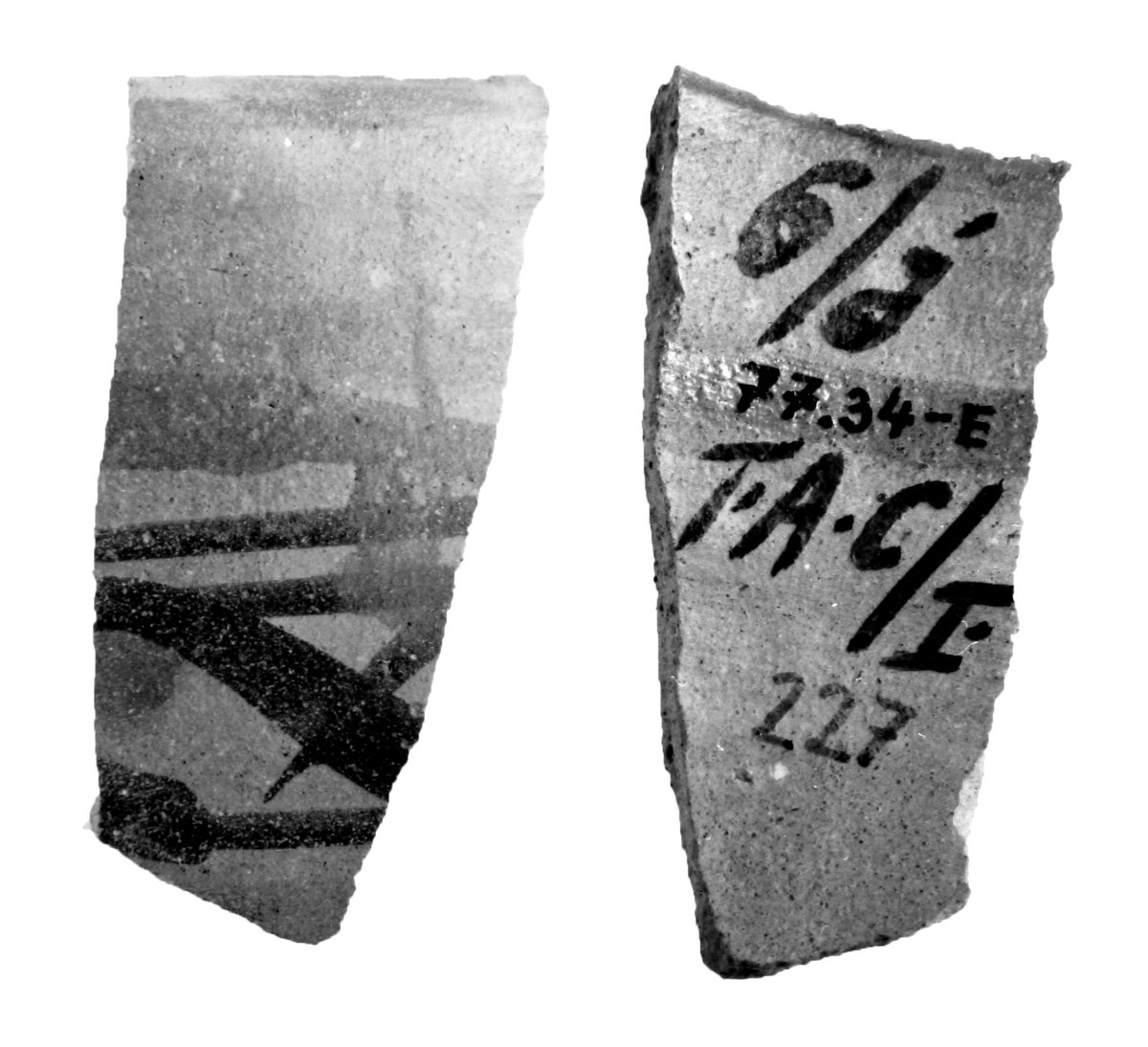
Vessel Fragment
Egyptian Art
| Place of production | Egypt |
|---|---|
| Date | 24–23th century B.C. |
| Object type | architecture |
| Medium, technique | Limestone |
| Dimensions | 31 x 22 cm |
| Inventory number | 51.2141 |
| Collection | Egyptian Art |
| On view | Museum of Fine Arts, Basement Floor, Ancient Egypt, Daily life |
The inscribed wall fragment was reported to have been found in 1852, during a house construction in Óbuda from where it was transported to the Hungarian National Museum. The remaining fragment was the upper section of a typical element of the Old Kingdom mastabas, the so-called “false door” which usually occupied the west wall of the offering chamber. It had a twofold function within the tombs: on the one hand it indicated the place of the funerary cult where the relatives of the deceased person could present offerings; on the other hand it provided a passage to the soul of the deceased between the realm of the living and the Netherworld. The inscriptions make three references to the designation imakhu, “venerated one”, a status which the deceased wished to achieve by different deeds in his/her life. In return, the king and the gods guaranteed the provisions for him/her in the afterlife.
This record is subject to revision due to ongoing research.